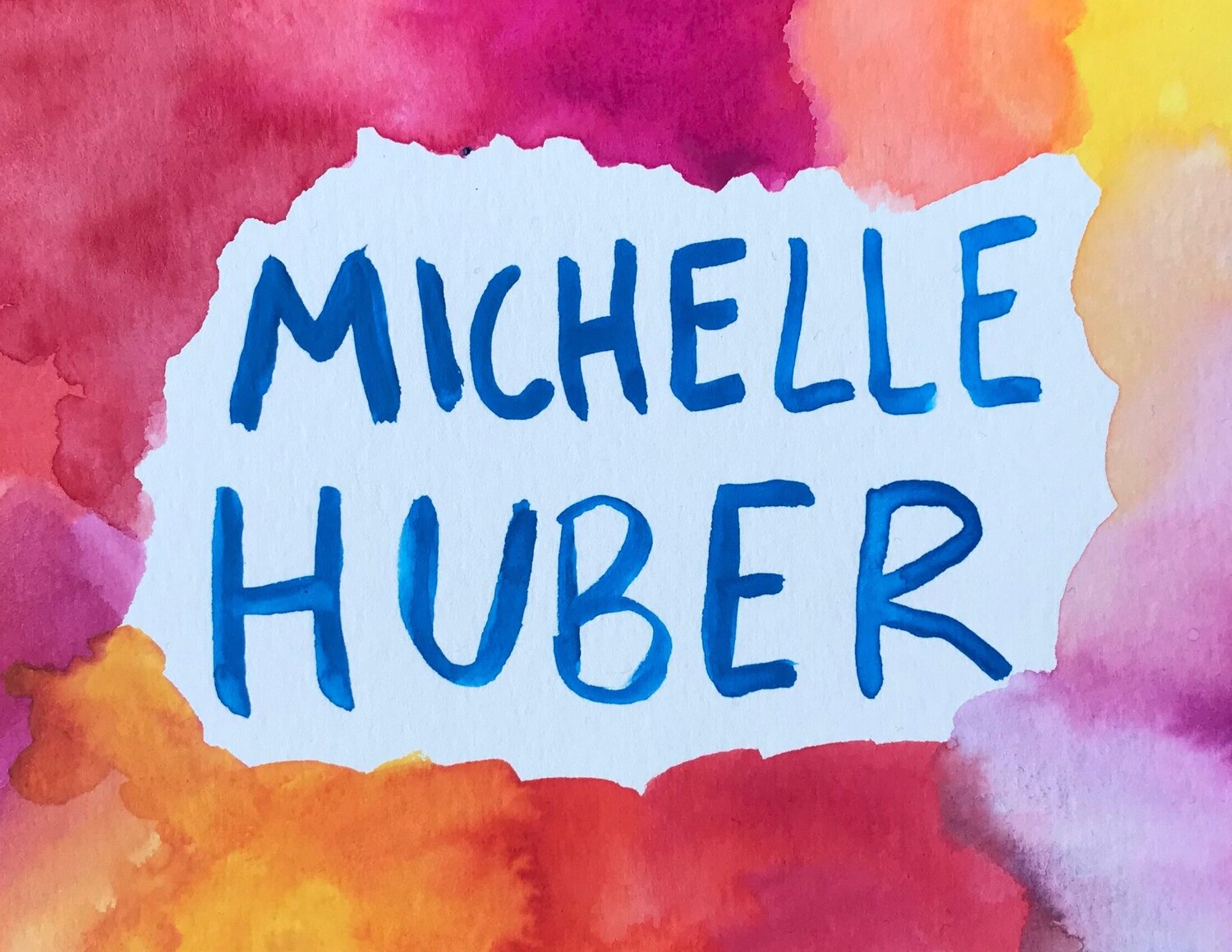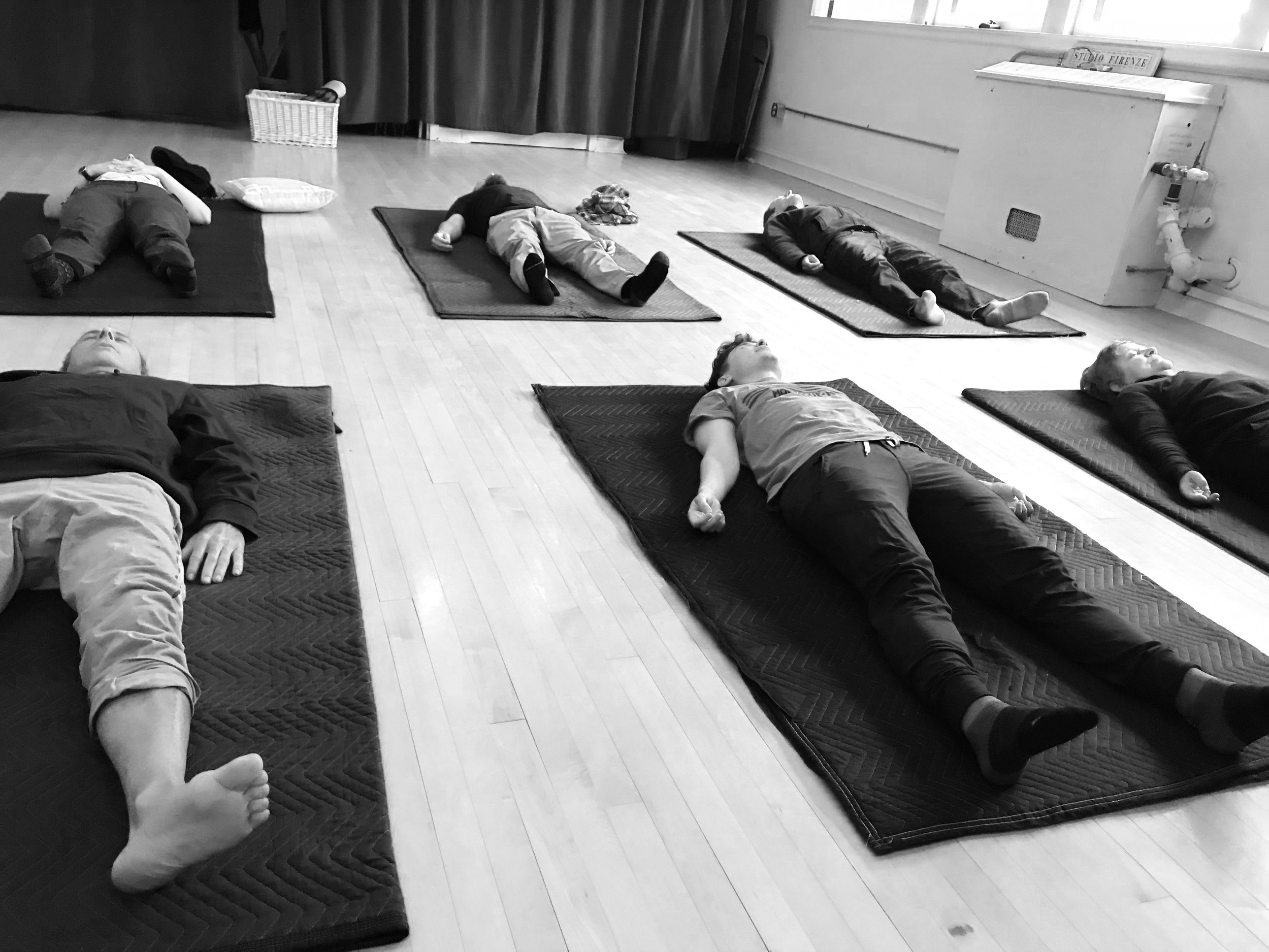
Returning to Self
4 Week
Feldenkrais Series
Create time to:
Slow down
Feel
Reduce Tension
Decrease Pain
Discover yourself in the present moment
Be in your Body
Practice kindness with yourself
“Feldenkrais with Michelle has helped me with my back pain, but more importantly, it has supported me in working to change lifelong habits of disconnection from my body… I feel like I have a new window in to the healing possibilities that unfold simply from slowing down and paying attention.” - Laurel Turk

What’s a Feldenkrais class like?
Awareness Through Movement lessons involve instruction of gentle movements, mostly while lying down. Instead of focusing on a technique or posture, we focus on a moving with a quality of ease, presence and curiosity.
As my Feldenkrais teacher Aliza Stewart says, “We’re not here to “do” something, we’re here to “feel something.”
At the end of class there is space to share reflections and ask questions.
This series will include lessons in a variety of positions, on back, belly and the side to improve different kinds of actions and functions.
Who's Feldenkrais for?
Busy People who would like to feel more grounded, relaxed and embodied
People on a path of personal growth who want to increase their awareness and presence in life
Creative People like Artists, Musicians, Entrepreneurs, Dancers etc. who want to broaden their creativity and also improve their craft
People recovering from injury or illness
People with chronic pain
Anyone who would like to feel more mobility and ease in their daily lives
“Your class helped me so much! During your class I noticed that my stress level went down, and places of chronic pain and tightness in my body released. I also found myself looking forward to the warm, relaxed, community feeling in the class. I can’t wait to do it again!” - Emet Aron
What are the Benefits of Feldenkrais?
Decreased:
Pain
Stress
Stagnation
Tension and stiffness
Increased:
Presence in day-to-day life
Mobility and ease with movement
Possibility & Flexibility of the mind
Creativity and inspiration
Focus
“Michelle's teaching style is, for me, a perfect balance of gentle honoring of the body as it is now, and direct leading of the body to where it can eventually go. I look forward to class each week. Around Tuesday afternoon I start thinking, "is it Thursday morning yet? really, two more days?” - Ash Martin, Therapist
Dates & Information:
4 Week Series
Wednesdays - May 29 - June 26, 7-8:15pm, Florence MA
Full Series: Sliding Scale $60 - $100
Drop-in welcome: $17 - $22 / class
partial scholarships available
*Accessibility: There are two flights of stairs to climb to access the studio, lessons will be lying on the floor
Questions? Email: Michelle.a.Huber@gmail.com
About Feldenkrais:
Feldenkrais is an embodied learning practice of slowing down and experiencing how you move. In a lesson we combine our own curiosity and awareness with Moshe Feldenkrais’ profound knowledge of coordination, efficient movement and developmental movement patterns.
We practice decreasing doing and increasing awareness, which has positive benefits of decreased pain and increased choice, which ripples out into your life.
Movement is the language of the nervous system. We improve our movements with attention, which improves the overall functioning of the nervous system.
Through the practice we tap into the neuroplastic quality of the brain to infinitely improve. Each lesson is designed to help the nervous system learn.
The practice unleashes human potential through a gentle unwinding of holding patterns.
In many mindfulness practices we use the mind to improve the body, in Feldenkrais we use movement to improve the mind. It feels like magic, and it’s scientific!
Testimonials for the Feldenkrais Method:
“[The work of] Feldenkrais represents a revolution in human health.”
—Smithsonian Magazine
“Following the program with Feldenkrais®, patients showed significant improvement in their levels of pain, decreased medication and increased quality of life.”
—American Journal of Pain Management





